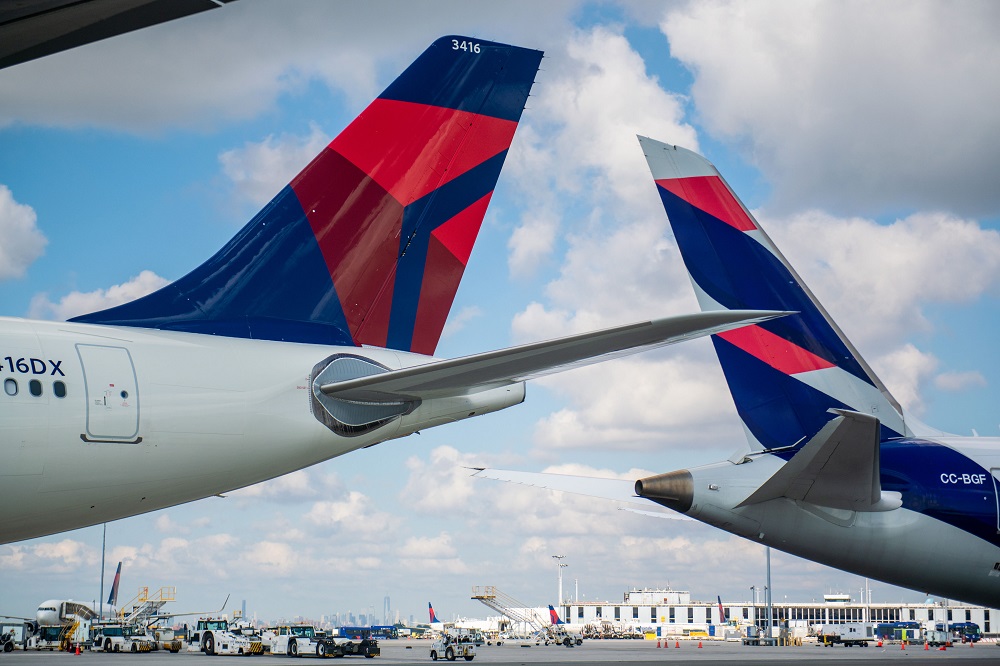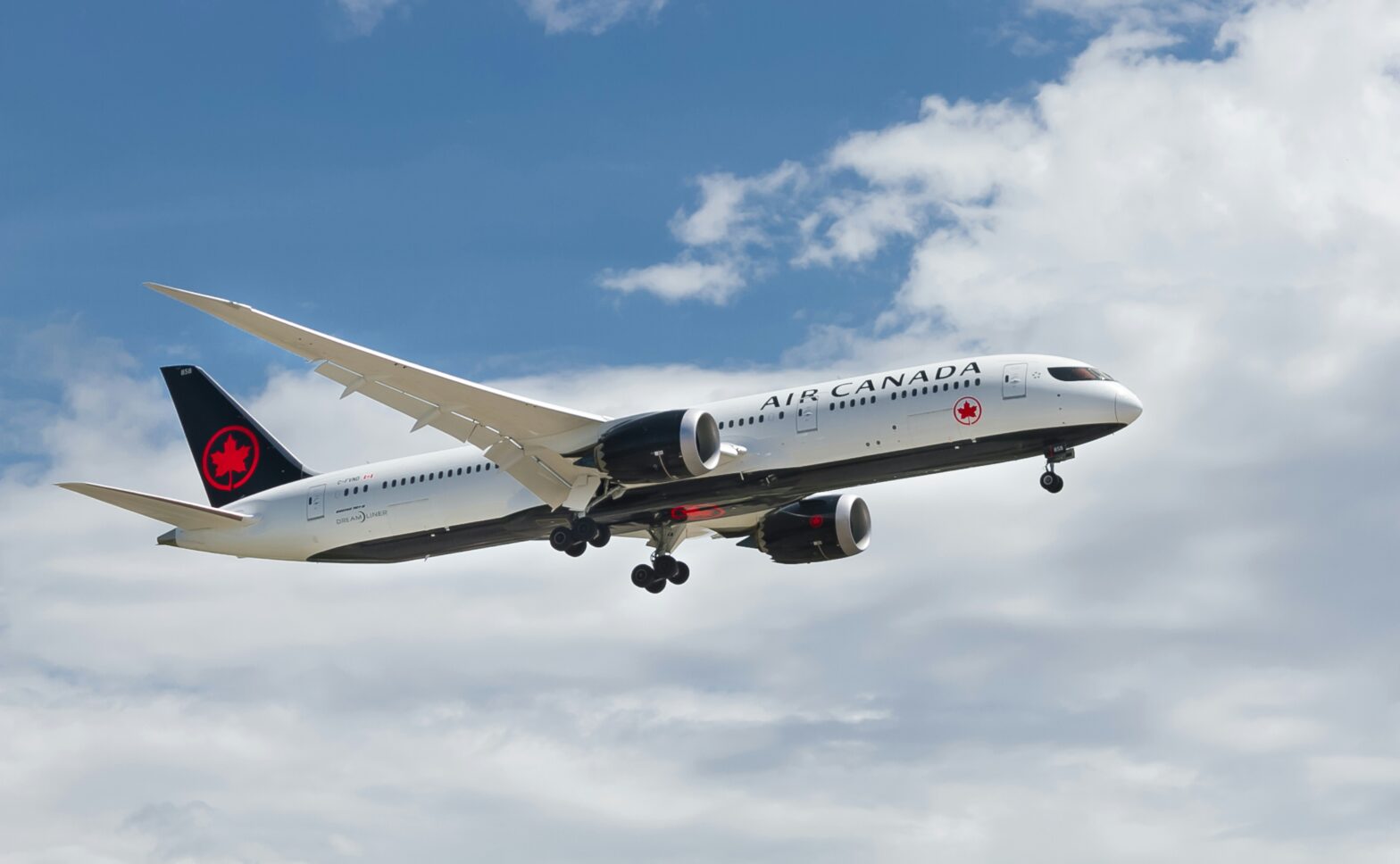Delta Air Lines and the LATAM Group announced they will create a partnership between the United States and South America. This partnership will connect the Americas to more than 300 destinations.
The announcement was made after the U.S. Department of Transportation granted final approval for their joint venture. Once implemented, the approval enables Delta and LATAM Airlines Group to unlock new customer and cargo benefits.
“Delta’s partnership with LATAM will help grow the market between North and South America and provide significant and much-needed benefits for customers, and we applaud the DOT for this final approval,” said Ed Bastian, Delta’s chief executive officer. “Now, we’ll get to work with LATAM to transform the travel experience for our collective customers and create new opportunities for our employees.”
According to Roberto Alvo, CEO of LATAM Airlines Group, the approval by the DOT will give rise to the start of work with Delta to deliver more and better benefits to LATAM and Delta customers, such as faster connections, and the joint accrual of miles in frequent flyer programs, among many others. “I am sure that, over time, we will be able to offer the best connections, while incorporating a sustainable view of the future,” said Alvo.
Expanding Travel Choices

The goal of the Delta-LATAM partnership is to significantly expand travel choices across North and South America. The airlines will share reciprocal elite frequent flyer benefits. They will also share terminals at airport hubs like New York, São Paulo, Brazil, and Santiago, Chile.
Also, passengers can access 53 Delta Sky Club lounges in the United States and five LATAM Lounges in South America. It includes Delta’s new Sky Club in LA and the LATAM Lounge Santiago de Chile, South America’s largest customer lounge.
In 2020, Delta and LATAM introduced their first codeshare services in South America. In 2021, the companies expanded codeshare services to 20 U.S. and South American routes.
This partnership broadens the range of destinations from their hubs in Atlanta, NY, LA, Santiago, Lima, Bogota, and São Paulo. It helps improving connectivity between the two regions.





